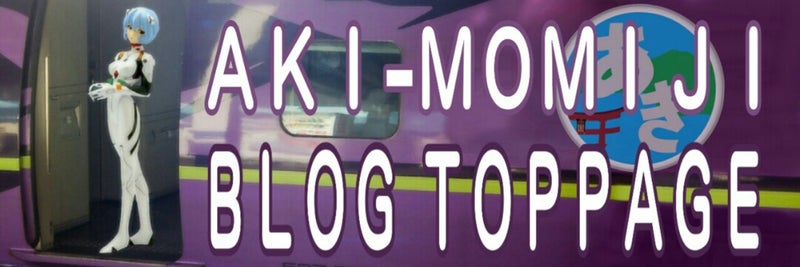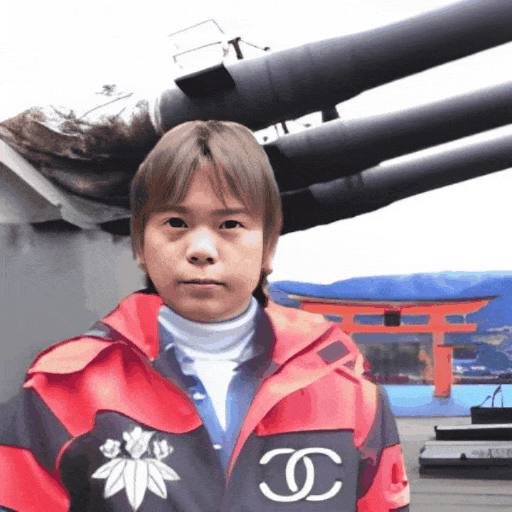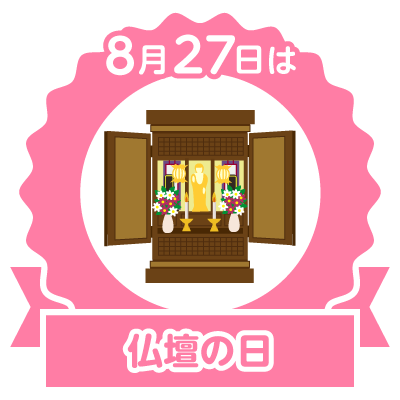
安芸もみじ ─ Photographs, Historys, Railways,-JAPAN┃広島
広島発信のブログです。 基本的に「被爆2世が語る平和記念日と世界史」のためのブログなのですが、それでは年に数日の更新に陥ってしまうので。 日頃は鉄道や日記で雑談をUPしつつ、気分がノッてる日には郷土史や歴史関係をユルく語っています。---安芸もみじ⛩️広島
ブログ内検索
プロフィール
テーマ
最新の記事
カレンダー
ブックマーク
月別
2021年08月27日(金) 02時11分00秒
キハ40系を新駅舎工事中の西広島駅にて -①
テーマ:機動車•DC・HV etc.現在、JR西広島駅はアストラムラインの延伸における接続に合わせて、駅舎を橋上化するための整備が進められており、2022(令和4)年度末の完成に向けて工事が行われています。
長年親しまれた平屋建てのレトロな駅舎は、解体され建替えとなり、南北自由通路を含む橋上駅舎へ生まれ変り、アストラムライン西広島駅開業に備えて、駅の南北エリアも再整備されます。
写真は5月8日に撮影したものですが、2016(平成28)年にはまだ準備工事すらされていなかった西広島で、キハ40系回送列車を記事にしています。
そこで改めて西広島で、2016年と同じ下り列車を撮ってみました。
南北通路が完成すると取り壊されてしまう跨線橋と、工事が進捗する今の西広島の風景の両方が欲しいので、この記事は1番ホームの撮影場所を変えて、2回に分けてUPします。
まずは2番ホームへ入線して来るキハ47 + キハ40の5連から。
広島方を向いたこの風景は、しばらくは変わらない予定ですが、アストラムラインが延伸して来ると駅裏の住宅街はガラリと景色が変わってしまうことでしょう。
空の広がりは無くなり、立ち退きとなる民家も相当数に及ぶはずです。
国鉄時代に1番ホームと2番ホームの間に中線がある景色も撮っているのですが、フィルムが一体どこにあるのやら。
この3枚は2016年の写真を意識して撮ってみました。
慣れ親しんだ愛すべき跨線橋ですが、その向う側には新しいコンコース建設のための足場と防災ネットが見えます。
1番ホームの屋根は既に新しくなっていて、昔ながらの汽車のりばの屋根と柱は消えてしまい、新しい広島市街の西の玄関口らしさを一足先に演出しています。
跨線橋や空の広がり具合を意識して撮っていたら、2016年では岩国行きの115系だった追い越し列車が、今は貨物列車になって通過して行きました。
貨物列車が行ってしまうと、今度はキハ回送の発車です。
跨線橋から接続する旧屋根が数メートル残されているので、それを走り去るキハ回送とタイミングを合わせて撮ってみました。
三角屋根に板張りとトタン張りが、被爆で破壊された直後に復旧された昭和の国鉄駅らしさを、私はとても好きだったんですけど。
子どもの頃から見馴れた西広島の風景なので、とても好きだったのですけれど、跨線橋が解体されてしまう以上、旧屋根だけ残っても仕方ないのです。
跨線橋から広島側の屋根は完全倒壊で新しく建てられた、昭和風の屋根でしたが、下関側の屋根は爆風を直接浴びずに破壊されただけだったので、大正時代風の造りで復旧された屋根でした。
歴史好きや郷土史好きの方々の間では、有名な写真2枚を拝借させて頂きました。
1枚は1945(昭和20)年8月の被爆直後に撮影された西広島駅(当時己斐駅)と、1970(昭和45)年頃の西広島駅の跨線橋です。
跨線橋は被爆した後に復旧工事が行われて使用されましたが、その後広島電化の際、耐久性など安全面を考慮して架け替えられています。
この写真は今現在の仮駅舎と跨線橋で、跨線橋は被爆建物でなければ戦災復旧建物でもないので文化財には当たらないようですが、西側のホーム屋根は一部被爆材料を使っていますが被爆建物ではありません。
しかし被爆資材を使用した戦災復旧建物なので、文化財価値はあるように思えますが、文化財保護に積極的なJR西日本が解体するのですから、何らかの要件を満たしていないのでしょう。
元々は大正時代の屋根ではありますが、そのデザインから山陽鉄道の面影を個人的にイメージしていつも見ていたので、新しい駅舎の完成は嬉しく思いつつも、とても寂しく残念な気持ちもいっぱいな、西広島駅です。
▼ Limited today! Blog stamp.
Have you recently joined the Buddhist altar?
Today's article in Japanese was Nishi-Hiroshima Station, which is under construction to be reborn as a new station building.
With the opening of the new railway line "Astramline", the west entrance of Hiroshima City, which was popular in retro style, will undergo a major transformation.
By the way, today's Ameba blog stamp is Japan's unique anniversary "Buddhist altar day".
The Buddhist altar is an altar that connects us to the afterlife while our ancestors and deceased are being watched over by the Buddha.
The Buddhist altar is pronounced "BUTSUDAN" in Japanese.
Putting your hands on the Buddhist altar is an act called GASSYOH.
GASSYOH is a type of method of paying homage to the other person, pronounced añjali in India, where Buddhism was born.
1. Put both hands together in front of the epigastrium. At that time, keep the angle of the hand at about 45 degrees.
2. Place a bead between your thumb and index finger and lightly press it.
3. Recite the Nembutsu in line with the sect and tilt the upper body forward by about 45 degrees to give a bow.
4. Raise your upper body and break your palm.
This training is also carried out at Buddhist temples, so it's okay to remember it on a sightseeing trip.
When you play GASSYOH, think "I'm cleansing myself now." By being aware of this, the feelings of respect, gratitude, and mourning for the Buddha, ancestors, and families of the deceased are firmly conveyed.
| ・ | ・ |
 | ゑ |  |



































